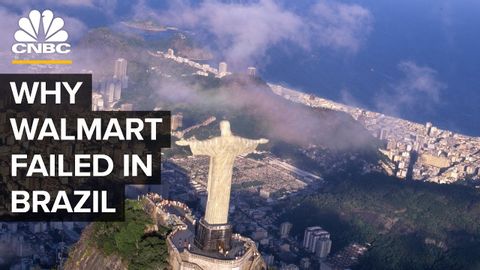なぜウォルマートはブラジルで失敗したのか? (Why Did Walmart Fail In Brazil?)
PENG が 2021 年 01 月 14 日 に投稿  この条件に一致する単語はありません
この条件に一致する単語はありませんUS /ˈstrʌɡəl/
・
UK /'strʌɡl/
- v.t./i.奮闘する;もみ合う
- n. (c./u.)奮闘;苦闘
US /ˌɑpɚˈtunɪti, -ˈtju-/
・
UK /ˌɒpə'tju:nətɪ/
- n. (c./u.)機会;好機;仕事の機会;ビジネスチャンス
US /ˈkraɪsɪs/
・
UK /'kraɪsɪs/
US /'ɡroʊsərɪ/
・
UK /'ɡrəʊsərɪ/
エネルギーを使用
すべての単語を解除
発音・解説・フィルター機能を解除

